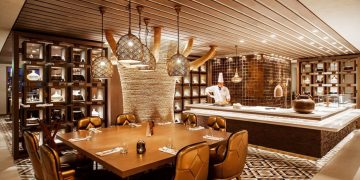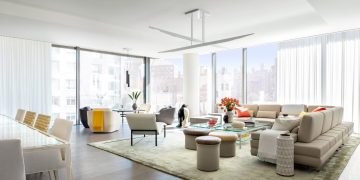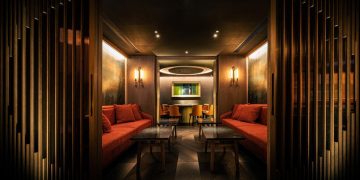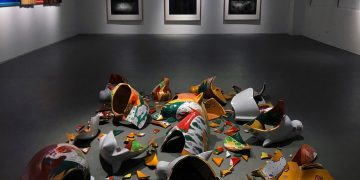Introduction
When it comes to collecting art, it’s not just about owning a masterpiece—it’s about creating an environment that allows those works to truly shine. A custom art collection space elevates your treasures, turning your collection into a living, breathing part of your life and your home. It’s an immersive experience that transforms a room into a gallery, where the ambiance, design, and layout serve to highlight and enhance each piece.
A well-designed, personalized space adds a level of charm and sophistication to your art collection that goes beyond mere display. It becomes a place of reflection, a visual journey, and an emotional experience for anyone who steps into it. Whether you’re displaying modern art, classic paintings, sculptures, or even mixed media pieces, the space itself can make all the difference in how your collection is perceived and enjoyed.
In this article, we will explore the essential elements that go into designing a custom art collection space, and how each of these components can add a touch of endless charm and refinement to your art treasures.
The Importance of Custom Spaces for Art Collections
Art has always been about more than just what is framed or sculpted. It’s about how that art interacts with the space around it. The right environment has the power to magnify the emotional depth and visual impact of a piece. A private, custom-designed space for art doesn’t just store pieces—it brings them to life, creating an atmosphere where the art isn’t just admired, but felt.
The decision to invest in a bespoke art collection space is an investment in both the art and the experience. Customization allows you to design an environment that reflects your aesthetic vision, accommodates the unique needs of your collection, and maximizes the visual impact of your pieces. Your art collection should never be an afterthought; it should be the centerpiece of a space that honors and complements its beauty.
Key Elements of Designing a Custom Art Space
1. Lighting: The Silent Enhancer
One of the most crucial elements in designing an art space is lighting. Lighting can completely transform the mood and appearance of your collection. A well-lit room can bring out the vibrancy and intricacy of the pieces, while poor lighting can dull their beauty.
Consider adjustable lighting options that allow you to change the ambiance depending on the time of day or your mood. Spotlighting specific pieces with focused, soft lighting can highlight the details and textures of your artwork, making them stand out without overwhelming the viewer. Additionally, ambient lighting—whether through chandeliers, sconces, or natural light—sets the tone for the entire space, making it welcoming and elegant.
2. Layout: Flow and Accessibility
The layout of the space should provide a natural flow that invites exploration. Art is meant to be experienced, and the layout plays a huge role in this. Think about how each piece interacts with the others, and the space as a whole. Is there enough room for viewers to step back and take in the art from different angles? Are the pieces arranged in a way that encourages movement and contemplation?
The space should be designed to allow each piece its moment to shine. This might mean keeping some pieces in isolation, giving them room to breathe, while others might be grouped for a more dramatic effect. The key is balance and harmony—allowing each work to have its place without overcrowding.
3. Storage: Protecting Your Treasures
A custom space isn’t just about displaying your art; it’s also about preserving it. Proper storage is essential for maintaining the integrity of your collection. Whether it’s climate-controlled display cabinets, custom shelving, or hidden storage solutions, you’ll want to ensure that your art is stored safely and appropriately when not on display.
Some collectors prefer to display their works in rotation, with certain pieces being stored out of sight when not in use. In this case, a well-designed storage system becomes essential, keeping the art safe while also being easily accessible for display when desired.
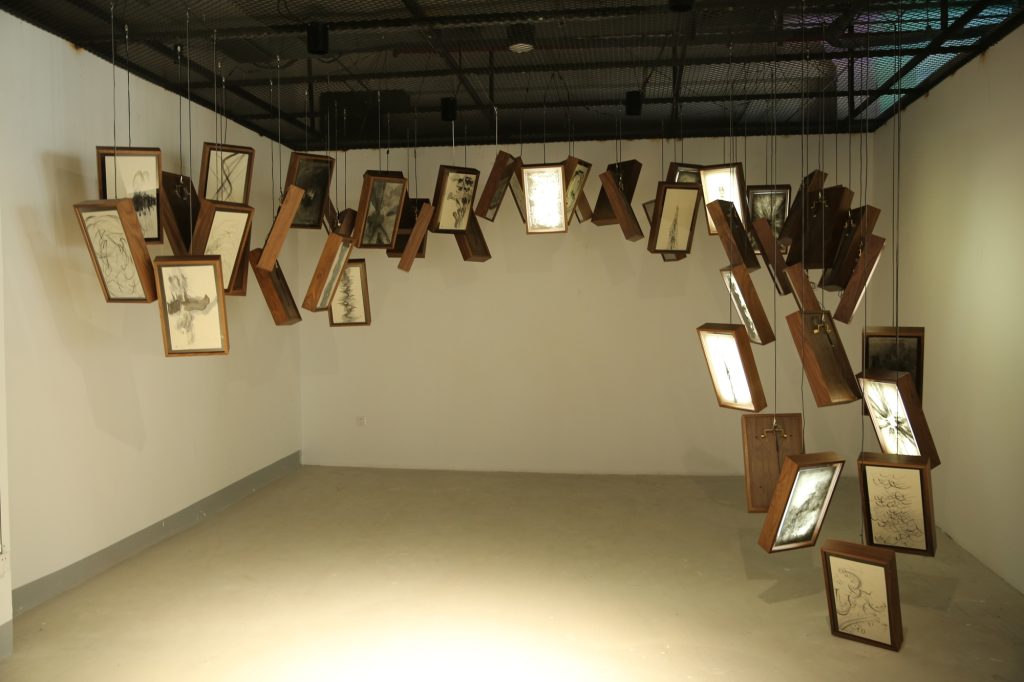
Personalizing the Space: Reflecting Your Taste
A custom art space isn’t just functional—it’s also deeply personal. This is where you can infuse your own style and preferences into the environment. From the color palette of the walls to the furniture choices, every detail can be tailored to reflect your unique taste.
For example, if your collection includes contemporary art, you might opt for a minimalist design with sleek, modern furniture and neutral walls that let the artwork speak for itself. Conversely, a collection of classical paintings might be complemented by more traditional, ornate furniture and rich, deep colors.
The beauty of a custom space is that it can evolve with your collection. As you add new pieces, you can update and adapt the space to showcase them in the most flattering way.
Enhancing the Experience: Technology and Immersion
Today, technology can play a pivotal role in how art is displayed and experienced. Interactive screens, smart lighting systems, and even sound installations can add layers of depth to your art collection. Imagine walking into a room where the lighting adjusts automatically as you approach each piece, or where subtle background music enhances the mood of the artwork.
Technology can also offer ways to tell the story behind each piece, providing viewers with detailed information about the artist, the history of the work, or the significance of the materials used. Digital platforms can even allow for virtual gallery tours, where you can share your collection with others around the world.
The Emotional and Aesthetic Impact of a Custom Art Space
A well-designed art space goes beyond aesthetics—it creates an experience. The way art is displayed has a direct impact on how it is perceived and appreciated. When an art collection is housed in a space that complements and enhances its beauty, it deepens the emotional connection viewers have with it.
Whether it’s the quiet solitude of a single piece illuminated by soft, warm light or the dynamic energy of a well-curated gallery wall, a custom-designed space can evoke emotions, tell stories, and spark conversations. It transforms a mere collection into an immersive experience that engages the mind, heart, and senses.
Conclusion
A custom-designed art collection space is more than just a room with art on the walls. It’s an environment that celebrates the beauty, history, and meaning of each piece, elevating it to new heights. With the right design elements—thoughtful lighting, perfect layout, personalized style, and careful storage—your art becomes an integral part of your living space, not just a collection, but an experience.
By creating a space that truly complements your art, you not only enhance the charm and allure of your treasures but also ensure that they are enjoyed, respected, and preserved for years to come.









